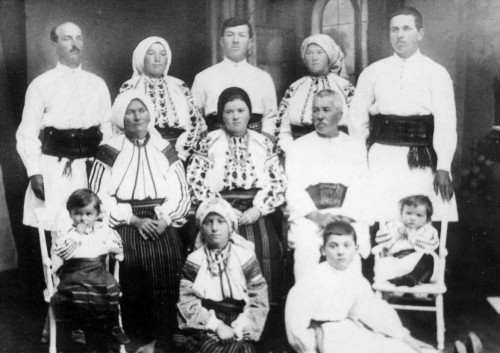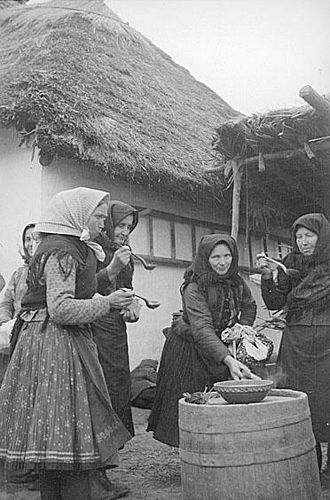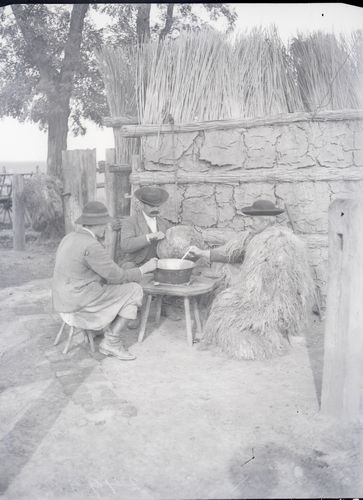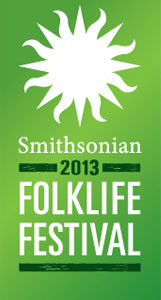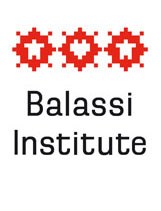Peasant society functioned at its best at the community level within villages. The most important relationships were between relatives, neighbours, and friends. These relationships spanned out to create circles of families (‘család, had‘), and friends (‘bandák‘). The more important of the two is the family circle. In the northern and southernmost reaches of Hungary, large families of 30 were common, whereas in the Great Plain region and Transdanubia, the smaller, nuclear family was more typical. The petty nobility, in particular, placed great stock in familial ties, keeping careful track of both close relatives as well as extended ones. The situation was similar among wealthy peasants, who tended to put their trust in relatives, or “kin,” while expending little effort to cultivate relations with neighbours. However, with servants and poorer peasants relationships with friends and neighbors played a greater role, in addition to family. A person’s place in society was delineated by the groups and networks he or she belonged to, which in turn defined their mannerism and potential path in life.
Gender roles also played an important role in peasant society. Men and women used separate spaces for work, rest, and celebration. A good example of this was the seating at church, with the women on the left and men on the right. Similarly, when married couples were buried in a common grave, the woman was laid to rest on the left, and man the on the right. Seating at meals was also determined by gender. The head of the table was reserved for the husband and his sons sat adjacent to him. His wife sat at the corner of the table, while young wives sat at the end, or ate standing behind their husbands. The separation of men’s and women’s spaces also applied to household work. The woman’s domain was the kitchen, entranceway, chicken coop, and vegetable garden, while areas associated with the stables and fields was exclusive to men.
The importance of holidays was different for men and wowen. Woman’s work and her household was blessed by the Virgin Mary, the patron saint of women, from August 15 (Assumption Day) to September 8 (Feast of the Nativity of Mary). In many places, a religious procession of women was also held during this time. The most important festivals for men included days related to animal husbandry, such as the feast days of Saint George (April 24) and Saint Michael (September 29).
The daily schedule was varied for men and women, for example, with the exception of harvest time, women generally got up earlier and went to bed later. Men and women also rested at different times, with men having more free time at Christmas and Carnival, and women taking their leisure in November and during the time after Easter.

